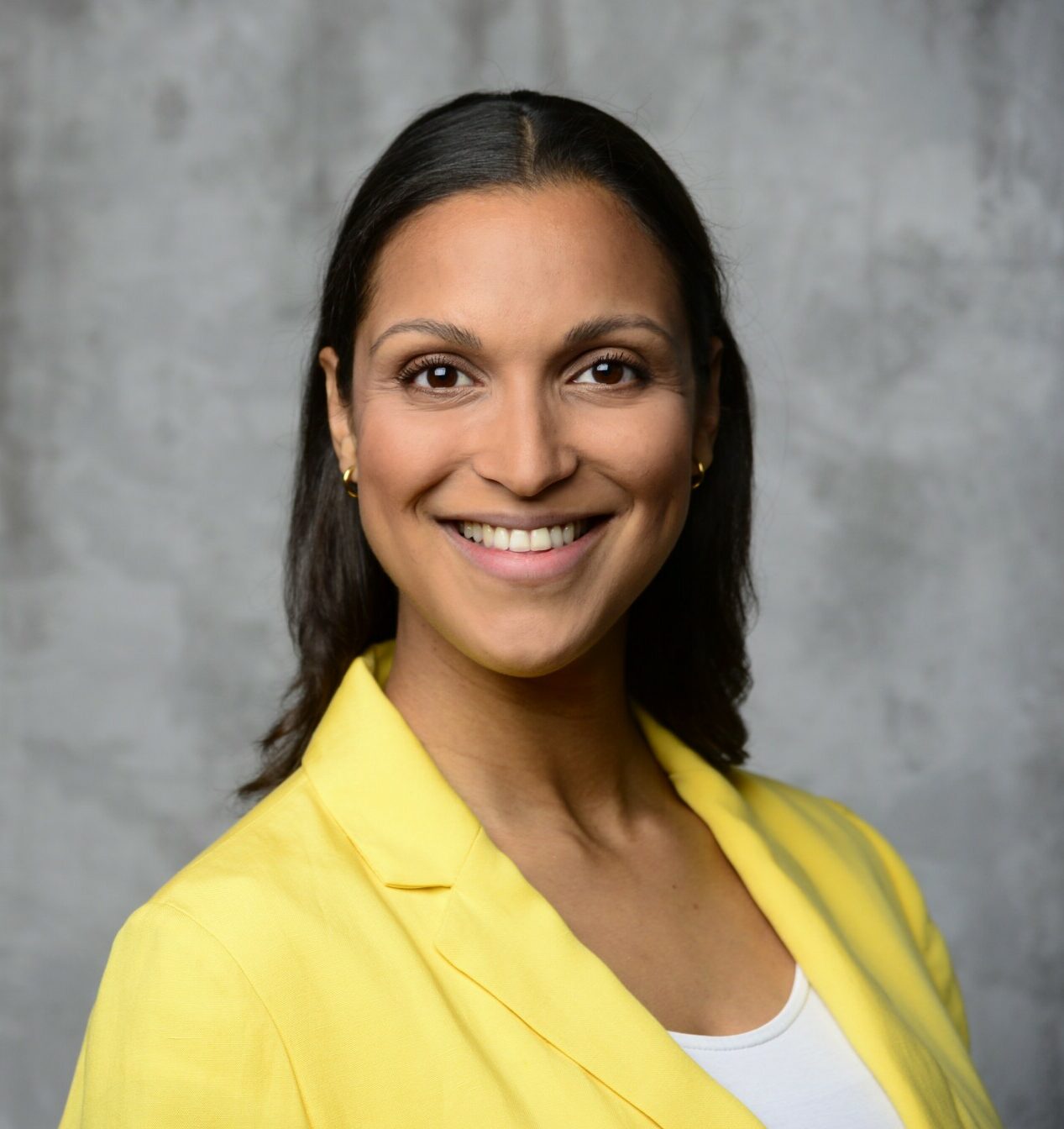More and more associations - fewer and fewer members: the association system in Germany is changing
A 10-year comparison shows a mixed picture within Germany:
- The proportion of rural residents who are members of an association remained constant, while the Share of city dwellers decreased significantly - minus 10 percentage points.
- Even if there are still more men than women in a club, the proportion of male members fell twice as sharply (-12 PP) as that of female employees (-6 PP).
- Within the age groups, the Membership decline highest in middle age (-11 PP). Contrary to expectations, the losses among young people were only as high as among the over 55s (-8 PP in both cases).
- The The clubs in the East had to cope with the highest number of departures - These have lost almost a quarter of their members in ten years (-16 PP); in the West, the decline was only half as high (-8 PP).
Professor Dr Ulrich Reinhardt, Scientific Director of the BAT Foundation for Future Studies, sees both opportunities and challenges for club culture in Germany: „Demographic change will influence club life just as much as the ever-increasing competition for time between work and everyday life, consumption and commerce, family and friends, media and the need for leisure. All of this will lead to a rethink in clubs: From a new programme structure and greater consideration of the needs of older members to new approaches to volunteering. It is also important to break away from the club bureaucracy of the past. The members of the future do not want to commit themselves or be tied down, but want to take advantage of flexible programmes that suit them in terms of time and content as well as interpersonal skills. If this happens, clubs will have a great future.“
One in five Germans is in a sports club
The breakdown by type of club clearly shows the great popularity of sports clubs. One in five German citizens spends at least part of their free time in one of these clubs. But many people are also enthusiastic about hobby and interest clubs - from music and singing clubs to allotment garden and animal breeding clubs to bowling clubs. It is not only political organisations that have problems keeping their membership numbers stable; charitable, humanitarian, environmental and animal welfare organisations also face similar challenges.
Active or just passive?
Compared to the past, more and more members are actively involved in their association. Three out of four Germans who are involved in a club are active members - in 2000, this figure was only two thirds of respondents. Activity is particularly important in hobby and sports clubs. However, participation is also high in self-help groups and local clubs, and even in the church and political parties the majority are involved. Only in environmental, animal and nature conservation organisations do most people limit themselves to passive membership.
Reinhardt: „Whether you're an active or passive member of an association - shared experiences bring people together. I therefore see an opportunity for clubs to become a kind of social glue in our society: After all, they already offer opportunities for young and old citizens, locals and foreigners and Germans on high and low incomes. After all, all members of an association pursue the same goal.“


